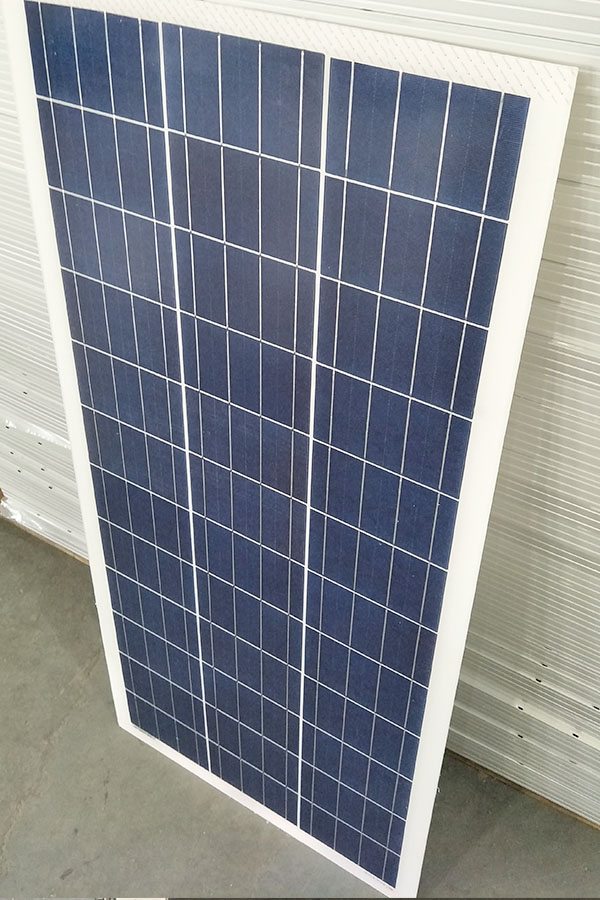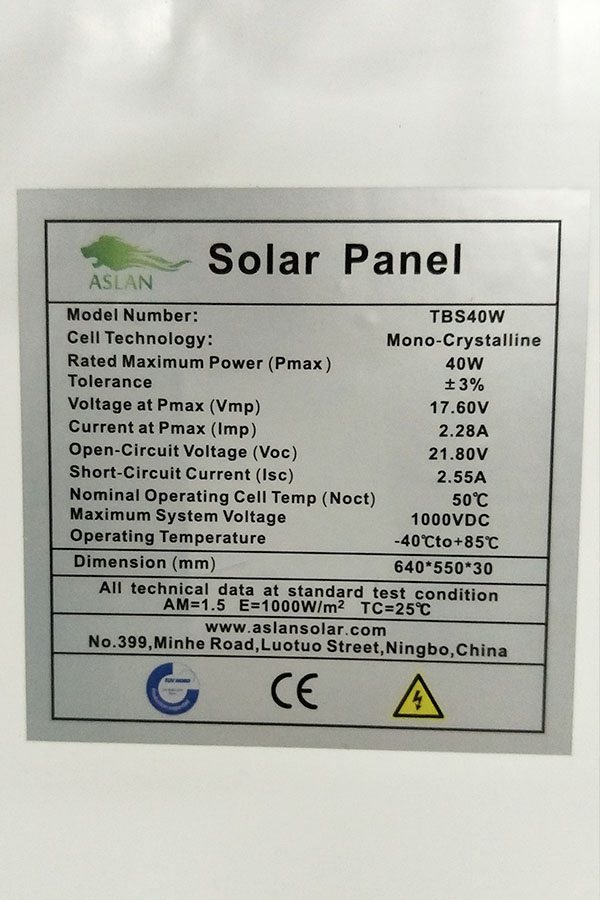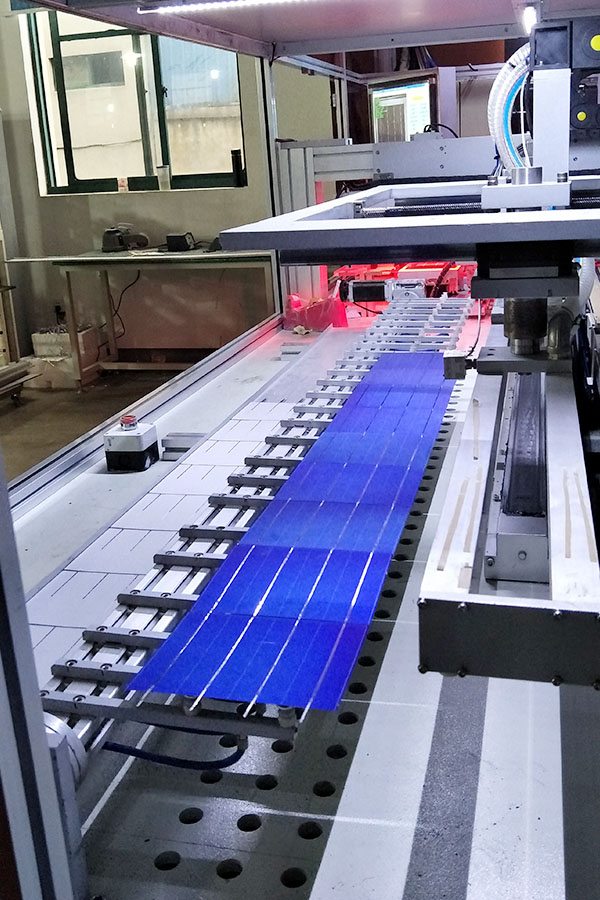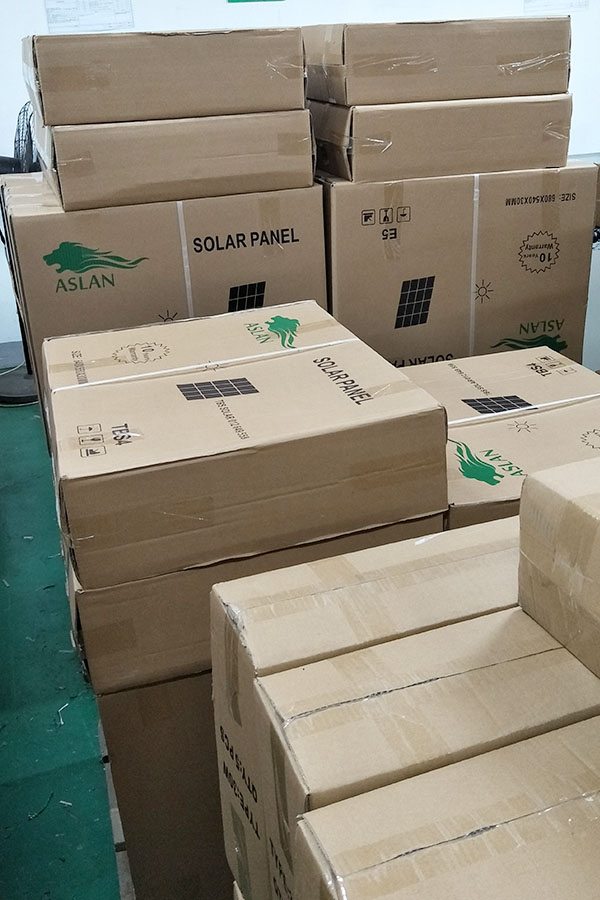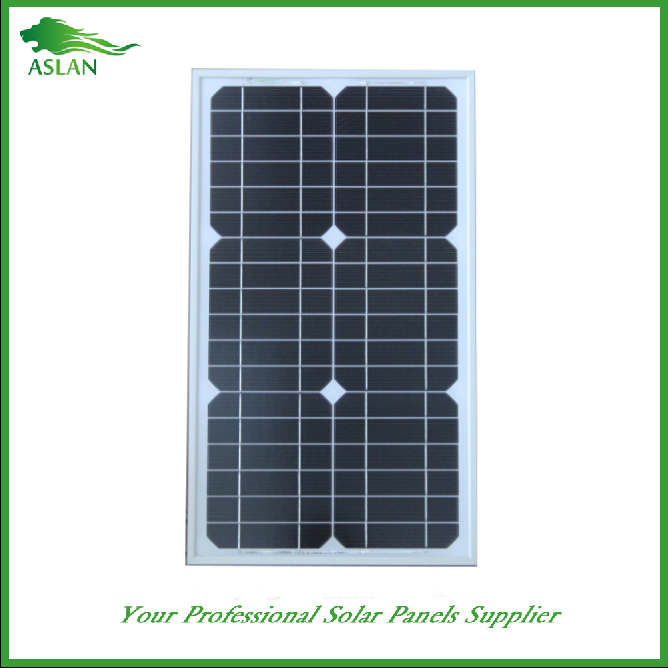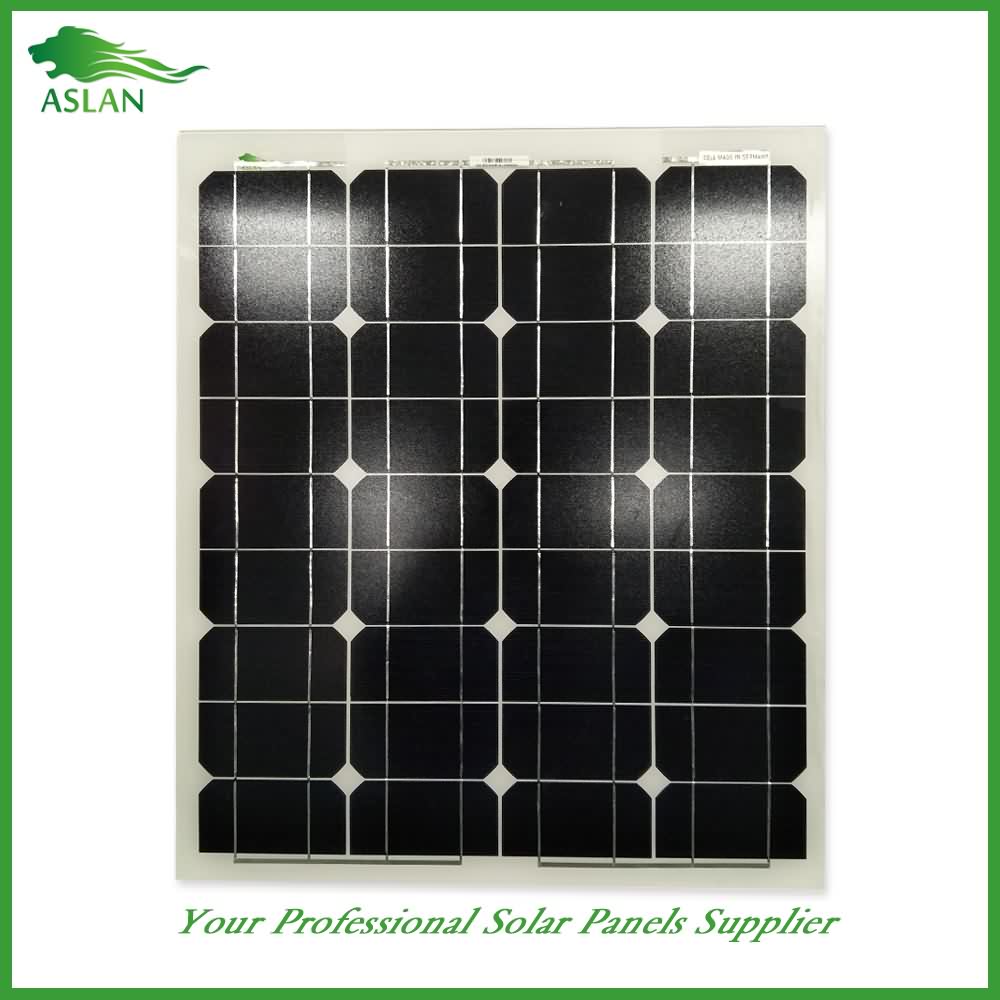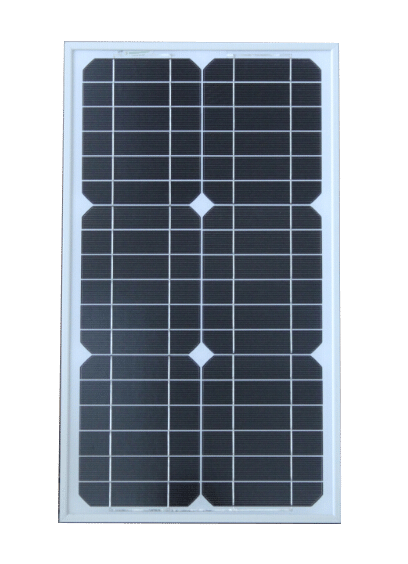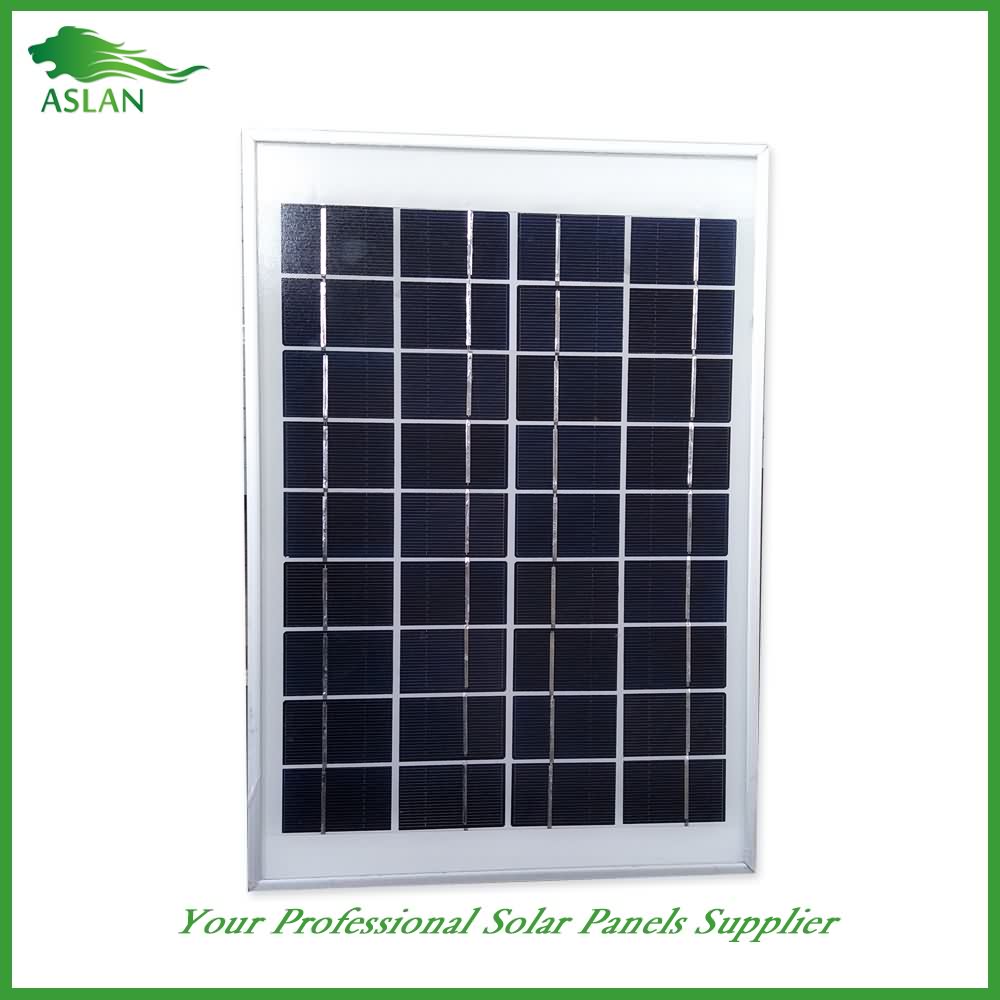8 Years Factory Poly-crystalline Solar Panel 80W Manufacturer in Iran
Short Description:
We rely upon strategic thinking, constant modernisation in all segments, technological advances and of course upon our employees that directly participate in our success for 8 Years Factory Poly-crystalline Solar Panel 80W Manufacturer in Iran, we are seeking for extensive cooperation with honest customers, achieving a new cause of glory with customers and strategic partners.
Poly-crystalline Solar Panel 80W
Technical parameter
Maximum Power(W) 80W
Optimum Power Voltage(Vmp) 18.13V
Optimum Operating Current(Imp) 4.70A
Open Circuit Voltage(Voc) 21.79V
Short Circuit Current(Isc) 5.16A
Mechanical Characteristics
Cell Type Poly-crystalline 156x104mm (6 inch)
No of Cell 36 (4x9pcs)
Dimensions 1008x678x35mm
Weight 8.3KGS
Front Glass 3.2mm,High Transmission, Low Iron,Tempered Glass
Junction box IP65 Rated
Output Cable TUV 1×4.0mm2/UL12AWG,Length:900mm
Temperature and Coefficients
Operating Temperature(°C): -40°C ~ + 85°C
Maximum System Voltage: 600V(UL)/1000V(IEC) DC
Maximum Rated Current Series: 15A
Temperature Coefficients of Pmax: -0.435%
Temperature Coefficients of Voc: -0.35%
Temperature Coefficients of Isc: 0.043%
Nominal Operationg Cell Temperature (NOCT): 47+/-2°C
Materials of solar panel
1).Solar Cell——Poly-crystalline solar cell 156*104mm
2).Front Glass——-3.2mm, high transmission, low iron, tempered glass
3).EVA——-excellent anti-aging EVA
4).TPT——-TPT hot seal made of flame resistance
5).Frame——anodized aluminum profile
6).Junction Box——-IP65 rated, high quality, with diode protection
Superiority: high quality anodized aluminum frame, high efficiency long life, easy installation, strong wind resistance, strong hail resistance.
Features
1. High cell efficiency with quality silicon materials for long term output stability
2. Strictly quality control ensure the stability and reliability, totally 23 QC procedures
3. High transmittance low iron tempered glass with enhanced stiffness and impact resistance
4. Both Poly-crystalline and Mono-crystalline
5. Excellent performance in harsh weather
6. Outstanding electrical performance under high temperature and low irradiance
Quality assurance testing
Thermal cycling test
Thermal shock test
Thermal/Freezing and high humidity cycling test
Electrical isolation test
Hail impact test
Mechanical, wind and twist loading test
Salt mist test
Light and water-exposure test
Moist carbon dioxide/sulphur dioxide
Solar 450 watts system, 8 solar fan, 10 solar led lights detail in urdu hindi, this is a setup of a Masjid, and it is really amazing and noiseless
we are using this setup from 7 Month and have a very good experience about solar system
you can also watch other videos about Solar installation guide price Model, Tupes etc clink link below
how to install solar system in Urdu
Solar System DC to AC Video Demo(سولر سے بجلی کا پنکھا /لیپ ٹاپ کیسے چلائیں)
Solar System Complete Installation Guide In Urdu/Hindi
Poly Vs Mono Solar Panel
solar system Dc wire complete Detail Part 1
solar system Dc wire complete Detail Part 2
Solar Panel Repairing Part 1((وائر چینجنگ
Solar Panel Repairing Part 2(سولر پینل ریپئرنگ جنکشن باکس)
My Facebook Group link:
https://www.facebook.com/groups/407856312922161/
Subscribe my Channel for more updated Videos about Solar System
Last week I happened upon videos about kitchen lithography. It got me very excited! I couldn’t wait to try the process out for myself. But, what occurred to me was that it was the acidic properties of cola that was responsible for the etch. This led me to believe that white vinegar might be a more practical alternative to etch with. Practical in the sense that it’s just as acidic as cola, can be re-used many times, thereby becoming more cost effective. As you can see by the results on the video, the process works equally as well using white vinegar as the etch instead of cola. Here is a list of the materials you’ll need to do the process yourself:
1. Heavy Duty aluminum foil (Use dull side to work on)
2. Gloves
3. Litho crayon
4. Piece of plexi-glass
5. Vegetable oil
6. Paper towels
7. Plastic tub
8. White vinegar
9. Water
10. Etching or relief ink
11. Brayer
12. Sponges
13. Trays for water
14. Paper
15. Spoon or etching press
I plan to try more experiments using white vinegar in the future. Will post more results for you to see.
P.S. I had two semesters of lithography at community college so I know what I’m talking about. ![]() (ha ha!)
(ha ha!)
